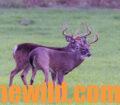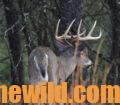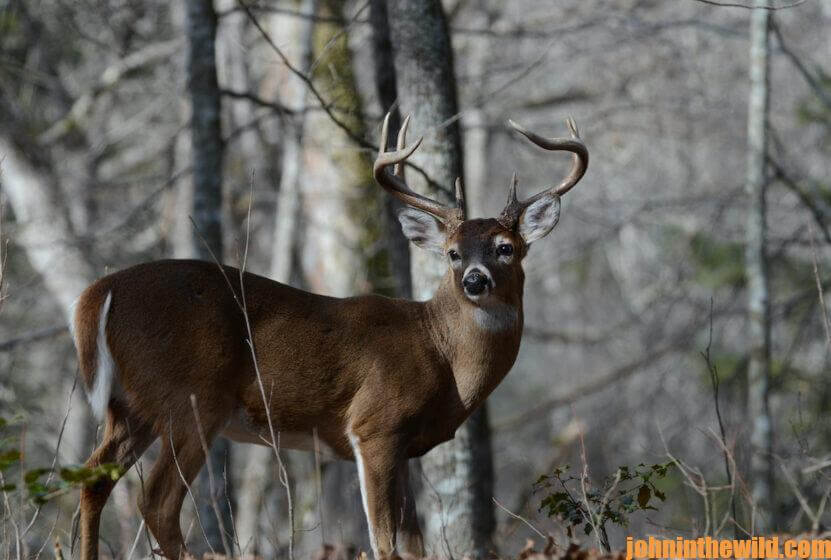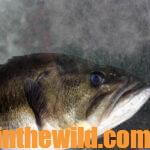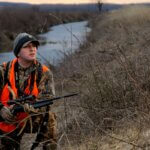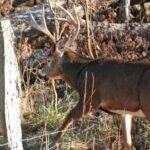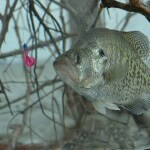Editor’s Note: You can’t bag a buck if you don’t see the animal. The key to seeing more bucks on every hunt is knowing how to choose the most-productive stand sites. Many hunters choose their stand sites using too little information. This week we’ll learn how to identify stands for next year’s deer season, or, if deer season where you hunt hasn’t ended, we’ll tell about stands you can select between now and February 10th, the end date for many deer seasons around the U.S.
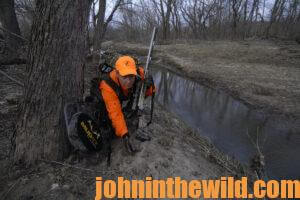 People who hunt on private lands can be sure the research they do after the season will pay-off during the following season. They don’t have to consider the people factor that can ruin all your scouting plans if you hunt on public lands. However, I always plan for someone else to be at my stand site each time I hunt deer on public lands. I assume if I’ve found a good stand site for deer, so has someone else. I try to find the most-productive stand site in relationship to what I know about what other hunters will do.
People who hunt on private lands can be sure the research they do after the season will pay-off during the following season. They don’t have to consider the people factor that can ruin all your scouting plans if you hunt on public lands. However, I always plan for someone else to be at my stand site each time I hunt deer on public lands. I assume if I’ve found a good stand site for deer, so has someone else. I try to find the most-productive stand site in relationship to what I know about what other hunters will do.
Some years ago, I was hunting on public lands. While pre-season scouting, I discovered an acorn-producing white oak tree. A huge number of droppings, tracks and hulls of acorns that had been eaten were on the ground as well as nuts that had just fallen from the trees. Two trails led to the white oak tree. I started to lay my game plan. I determined the best spot to hunt would be within 50 yards of the white oak tree. Then, I could watch bucks coming down both trails and have the best opportunity to see the most deer in this area. I thought the second-best stand site would be 50-100 yards away from the tree down the most well-defined trail. My last choice would be to take a stand on the dimmer trail that apparently had not been used very much but still led to the oak tree.
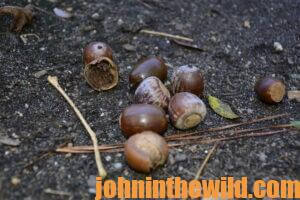
Because I consider myself an average hunter, I believe this way is how the ordinary hunter thinks. But to bag a buck in high-pressure regions, you must out-hunt the average hunters. When I rethought my original stand-site priorities and considered what the other hunters in the area probably would do, I realized some of the most-important factors affecting the selection of the best stand sites.
Stand Site I: The white oak tree itself was an obvious feeding hotspot. Any hunter who had scouted the region at all would have drawn this same conclusion. The ground beneath this tree had all the indications that deer would appear there. Since so-much obvious sign lay beneath the tree, I knew this spot would be the first place another hunter would choose to hunt. Therefore, I eliminated this stand site from my stand-site consideration.
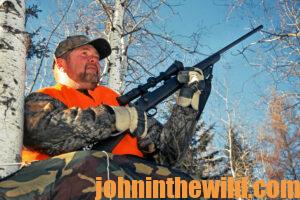
Stand Site II: I decided to follow the dimmer trail 200-300 yards away from the white oak tree. My experience had been that older-age-class-bucks rarely utilized the same trail as does and younger-age-class bucks traveled to get to a food source, except during the rut. Often, an older buck’s trail wouldn’t be as well-defined as a doe or a younger buck’s trail would be. Another factor that made the third trail the best choice was the wind in my section of the country usually blew from the northwest. Since this trail came to the white oak tree from the northwest, I knew that more than likely on the days I hunted, the wind would be in my face and carry my human odor back to the food tree, which would stop most deer from coming to the tree. Too, the wind would blow my human odor directly across the well-defined trail, which would keep any deer from moving down that trail. Probably, these deer would funnel onto the trail where I was hunting.
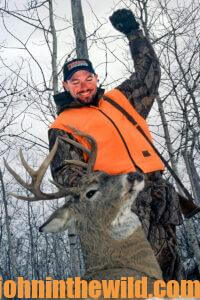 Next time I hunted deer, I was in my stand before daylight. I heard the hunter on the well-defined trail go up a tree with his portable climber just before daylight. As the first rays of light pierced through the dark canopy of leaves above, I saw a fine 8-point buck cautiously coming down the dimly-marked trail. I picked up the buck in my scope. When the crosshairs settled just ahead of the deer’s front shoulder, I squeezed the trigger. The buck never moved out of his tracks.
Next time I hunted deer, I was in my stand before daylight. I heard the hunter on the well-defined trail go up a tree with his portable climber just before daylight. As the first rays of light pierced through the dark canopy of leaves above, I saw a fine 8-point buck cautiously coming down the dimly-marked trail. I picked up the buck in my scope. When the crosshairs settled just ahead of the deer’s front shoulder, I squeezed the trigger. The buck never moved out of his tracks.
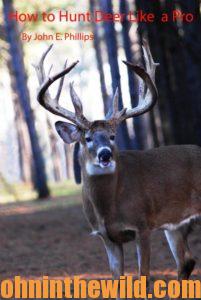 With as much hunting pressure as is present today in most parts of the nation, you not only must be aware of how to hunt deer but also must become very conscious of out-competing other hunters for those deer. The most-critical key for becoming a better deer hunter and being more successful when hunting high-pressured bucks is tree stand placement. You never must assume that the obvious site will be the most-productive place to hunt.
With as much hunting pressure as is present today in most parts of the nation, you not only must be aware of how to hunt deer but also must become very conscious of out-competing other hunters for those deer. The most-critical key for becoming a better deer hunter and being more successful when hunting high-pressured bucks is tree stand placement. You never must assume that the obvious site will be the most-productive place to hunt.
To learn more about hunting deer, check out John E. Phillips’ book, “How to Hunt Deer Like a Pro,” available in Kindle, print and Audible versions, at http://amzn.to/YpoQHA. You may have to copy and paste this link into your browser. (When you click on this book, notice on the left where Amazon says you can read 10% of the book for free, and you can hear 10% for free). On the right side of the page and below the offer for a free Audible trial, you can click on Buy the Audible book. To learn even more about hunting for deer, check out John E. Phillips’ “Jim Crumley’s Secrets of Bowhunting Deer,” now available as of January 1, 2022, in Audible, as well as paperback and Kindle at https://www.amazon.com/.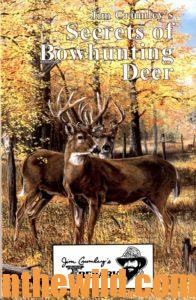
On the right side of the page and below the offer for a free Audible trial, you can click on Buy the Audible book. Also John and Denise Phillips’ new book in print December, 2021, “The Recipes You Can’t Live Without,” that’s full of delicious, time-tested recipes for cooking wild game and fish and also ideas for breakfasts at your hunting club is available at https://www.amazon.com/dp/B09MYTMSMH?ref_=pe_3052080_397514860.
Tomorrow: Green Field Deer Stand Sites

